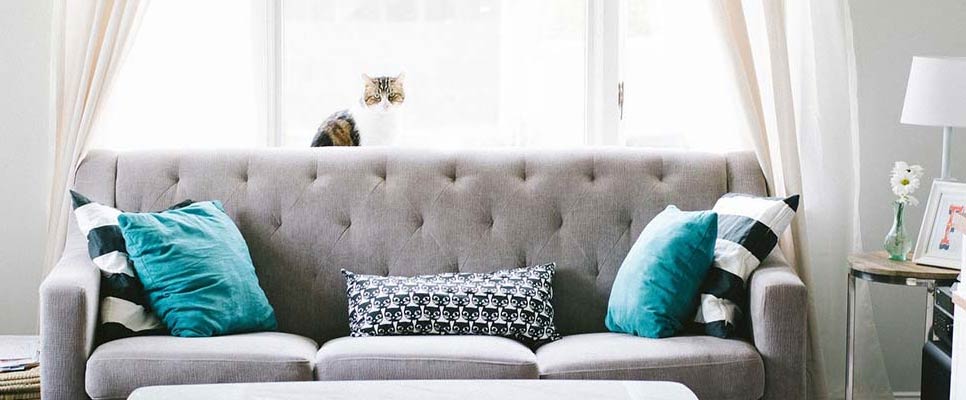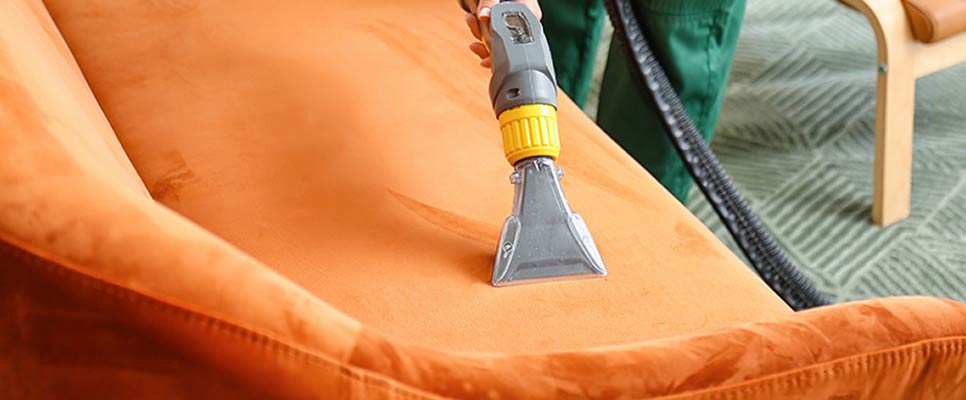Upholstered furniture adds comfort and style to your home, but over time, it can accumulate dirt, stains, and allergens. Regular upholstery cleaning is essential to maintain its appearance and prolong its lifespan. While DIY cleaning may suffice for minor spills, professional cleaning services offer a deeper and more thorough solution. In this guide, we’ll cover everything you need to know about professional cleaning services, including why they’re worth the investment and what to expect.
Why Professional Upholstery Cleaning Is Important
Professional cleaning offers benefits beyond what regular vacuuming or spot cleaning can achieve:
- Deep Cleaning: Removes embedded dirt, allergens, and bacteria that are difficult to eliminate with home cleaning methods.
- Restores Appearance: Enhances the look of your furniture by removing stains and refreshing the fabric.
- Prolongs Furniture Life: Proper cleaning techniques prevent fabric wear and tear, extending the lifespan of your furniture.
- Odor Elimination: Neutralizes unpleasant smells caused by spills, pets, or prolonged use.
Common Methods Used in Professional Cleaning of Upholstery
1. Steam Cleaning
Steam cleaning, also known as hot water extraction, is one of the most effective methods:
- Hot water and cleaning agents are injected into the fabric to loosen dirt and grime.
- The solution is then extracted, leaving the upholstery clean and refreshed.
This method is ideal for deep cleaning and sanitizing. Professional Deep Steam Extraction Upholstery Cleaning in Brisbane ensures thorough cleaning without damaging the fabric.
2. Dry Cleaning
For delicate fabrics that can’t handle moisture, dry cleaning is a safer option:
- Solvent-based cleaners are applied to lift dirt without soaking the material.
- The process is quick, with little to no drying time required.
3. Foam Cleaning
Foam cleaning involves applying a thick layer of cleaning foam to the upholstery:
- The foam lifts dirt and stains as it sits on the fabric.
- Afterward, the foam is vacuumed away, leaving the fabric clean.
4. Encapsulation
Encapsulation uses a special cleaning solution that crystallizes dirt particles:
- The solution is applied to the fabric and allowed to dry.
- The dried particles are vacuumed away, leaving a clean surface.
Signs Your Upholstery Needs Professional Cleaning
- Visible Stains
Stains from food, drinks, or pets can be tough to remove and often require professional attention. - Lingering Odors
Unpleasant smells from spills, smoking, or pets may persist despite regular cleaning. - Allergy Symptoms
If you notice increased allergy symptoms, your upholstery may be harboring dust mites, pet dander, or other allergens. - Dull Appearance
Fading or discoloration indicates a buildup of dirt that needs deep cleaning to restore its vibrancy.
What to Expect from Professional Upholstery Cleaning Services
1. Pre-Inspection
The cleaning technician will examine your furniture to identify the fabric type, stains, and any areas requiring special attention.
2. Pre-Cleaning Preparation
This step involves vacuuming the upholstery to remove loose dirt and debris.
3. Stain Treatment
Specific stains are treated with specialized cleaning agents to ensure their removal.
4. Cleaning Process
Depending on the fabric type and condition, the appropriate cleaning method is applied to deep clean the upholstery.
5. Drying
After cleaning, the upholstery is dried using fans or air movers to speed up the process.
6. Post-Cleaning Inspection
The technician will review the results with you to ensure satisfaction and address any remaining concerns.
Benefits of Hiring Professionals
- Expert Knowledge: Professionals have the experience and tools to clean different fabrics safely and effectively.
- Time-Saving: Cleaning upholstery can be time-consuming; professionals get the job done quickly.
- Customized Solutions: Cleaning methods are tailored to your furniture’s specific needs, ensuring optimal results.
How to Choose the Right Upholstery Cleaning Service
- Check Reviews
Look for companies with positive customer feedback and a proven track record of quality service. - Verify Certifications
Choose a certified company to ensure they use safe and effective cleaning methods. - Ask About Cleaning Methods
Ensure the service offers cleaning options suitable for your upholstery type. - Request an Estimate
Get a clear quote upfront to avoid surprises and compare prices among different providers.
Tips for Maintaining Upholstery Between Professional Cleanings
- Vacuum Regularly
Vacuum your furniture weekly to remove surface dirt and prevent it from settling into the fabric. - Address Spills Immediately
Blot spills with a clean cloth to prevent stains from setting. - Use Protective Covers
Covers or throws can shield your furniture from stains, pet hair, and general wear. - Rotate Cushions
Rotating and flipping cushions ensures even wear and maintains their shape.
Contact Us
Ready to refresh your furniture? Our expert upholstery cleaning services deliver exceptional results tailored to your needs. Contact us today to schedule an appointment!
Conclusion
Professional upholstery cleaning is an investment in the longevity and appearance of your furniture. With the right service provider, you can enjoy fresh, clean, and hygienic upholstery that enhances your living space. Whether it’s removing tough stains, eliminating odors, or restoring vibrancy, professional cleaning ensures your furniture looks and feels its best.
FAQs
It’s recommended to clean your upholstery every 12–18 months, or more frequently for high-traffic areas or homes with pets and children.
While most stains can be removed, some may be permanent depending on their nature and how long they’ve set.
The cleaning process typically takes 1–3 hours, depending on the size and condition of your furniture. Drying time varies based on the cleaning method used.
Published on: February 17, 2025








